The Cabana bar, a cherished name in the annals of British confectionery, emerged as a sweet sensation that captured many hearts during its time on the candy shelves. Manufactured by the renowned Rowntree's, this iconic chocolate bar was a delightful concoction that promised a tropical escape with every bite. With a unique blend of coconut, caramel, and cherries enrobed in milk chocolate, Cabana bars were not just a sweet treat but an experience that transported you to a sweet tropical paradise.
Historical Journey
The sweet saga of Cabana bars began in the 1980s, marking a vibrant chapter in the UK's confectionery scene. Rowntree's introduced this exotic bar to a market that was always in search of unique and delightful flavours. However, as the clocks ticked and the calendars flipped, the early 1990s saw the discontinuation of Cabana bars. This was a time when consumer tastes were evolving, and the competition in the confectionery market was intensifying. Despite its unique taste and a loyal fan base, Cabana bars bid farewell to the candy aisles, leaving behind a legacy of sweet memories and a nostalgic yearning in the hearts of those who had the chance to relish its tropical magic. As the curtains fell on the Cabana bar's journey, it left a sweet, lingering taste of a bygone era, cherished by many to this day.
Composition and Taste
Cabana bars were a sweet symphony of flavours and textures, each bite promising a delightful escapade to a candy paradise. The outer layer of smooth milk chocolate was but a prelude to the exotic journey that awaited within. As one delved deeper, the sweet melodies of coconut and caramel played harmoniously, with the bold notes of cherry chunks adding a zesty zest to the composition. This unique blend of ingredients set Cabana bars apart from other confectioneries of the era. The way the flavours danced together was nothing short of magic, making Cabana a sweet serenade that left a lasting impression on the taste buds.
The texture too played a crucial role in elevating the Cabana experience. The chewy consistency of caramel, the tender bite of coconut, and the juicy burst of cherries created a rich tapestry of textures that was both satisfying and adventurous. Every bite was a sweet exploration, a delightful journey that made Cabana bars a cherished choice among candy enthusiasts.
Marketing and Advertising
The charm of Cabana bars wasn't confined to its delightful composition; the marketing narrative around it played a crucial role in carving a special place in the hearts of the audience. Rowntree's launched a captivating television ad campaign that resonated with the tropical essence of Cabana. Utilizing a version of the iconic song "Day-O (The Banana Boat Song)" with the catchy strap line "tropical magic", the advertisements transported the viewers to a tropical haven, where every Cabana bar was a ticket to a sweet escape.
The advertising was not only catchy but encapsulated the essence of what Cabana bars stood for - an exotic adventure wrapped in a chocolate bar. The tropical theme resonated well with the audience, creating a sense of allure and exoticness that was hard to resist. It painted a picture of a sweet escape that awaited within the blue wrapper of Cabana, making it a coveted treasure for those in search of a unique chocolate experience. Through well-crafted marketing narratives, Cabana bars were positioned as more than just a sweet treat; they were a voyage to a tropical paradise, a sweet respite that promised a break from the mundane, one delightful bite at a time.
Packaging
The packaging of Cabana bars was a visual delight that perfectly complemented the exotic allure promised by the sweet treat within. Adorned in a vibrant blue wrapper with the name "Cabana" elegantly scripted in an orange fading to white gradient font, the packaging was a visual cue to the tropical escape that awaited the candy lover. The colors were reminiscent of a serene sky meeting the warm sands of a tropical beach, setting the stage for the sweet adventure that lay within.
The packaging was not merely a protective cover, but a part of the entire Cabana experience. It held the promise of a sweet escapade, an invitation to a candy journey unlike any other. With every unwrapping, it was as though one was peeling away the curtains to a sweet spectacle, a step closer to the delightful blend of coconut, caramel, and cherry that was the hallmark of Cabana bars.
A Sweet Rivalry: Cabana's Competitors
In the vibrant and competitive landscape of British confectionery during the 1980s, Cabana bars faced stiff competition from various other chocolate bars that were vying for the affection of sweet enthusiasts. Among the contenders, a few stood out as direct competition to the tropical allure of Cabana bars.
Bounty - Cabana's Biggest Rival:
The exotic promise of coconut enrobed in chocolate was not unique to Cabana; Bounty bars, with their simplistic yet appealing coconut-filled offering, were a notable competitor. Their tagline "The Taste of Paradise" resonated with the tropical theme that Cabana was also aiming for. The duel between Cabana and Bounty was indeed a sweet rivalry of tropical flavours.
Mars:
The classic Mars bar, with its nougat and caramel core draped in milk chocolate, was a heavyweight in the confectionery arena. While not tropical in theme, the established popularity and the satisfying blend of nougat, caramel, and chocolate posed a significant competition to the newer entrant, Cabana.
Twix:
Twix, with its crunchy biscuit, gooey caramel, and milk chocolate ensemble, offered a different texture and taste profile. Its established market presence and the contrast in texture made it a choice alternate to the chewy and fruity allure of Cabana.
Topic:
Topic bars, with a unique combination of hazelnuts, nougat, and caramel, provided another alternative to those seeking a break from the norm. While Cabana played on a tropical theme, Topic ventured into a nutty territory, offering a distinct flavour profile to the candy aficionados.
Each of these competitors had its unique proposition, yet they all shared the common goal of satiating the sweet cravings of the British populace. The competition was fierce, and the stakes were high as each bar tried to carve a niche for itself in the bustling candy market. The array of choices available to consumers was a testament to the rich confectionery culture of the time, making the era a sweet epoch in the annals of British candy history.
The competition among these iconic bars was not just a battle for market share, but a delightful exposition of the diverse tastes and preferences of the candy-loving populace. The sweet rivalry among these bars enriched the confectionery scene, offering a delightful array of choices for those seeking sweet solace.
Possible Reasons for Cabana's Demise
The discontinuation of Cabana bars can be attributed to several factors, although the exact reason might not be publicly documented. Here are some plausible factors that might have contributed to the cessation of Cabana bars:
Evolving Consumer Preferences:
As time progresses, consumer tastes and preferences evolve. The unique combination of coconut, caramel, and cherries encased in milk chocolate that Cabana bars offered might have lost its appeal among the masses, making way for other flavours and brands to take the spotlight.
Intense Market Competition:
The 1980s and early 1990s were a time of intense competition in the confectionery market with many brands vying for consumer attention. Established brands or new entrants with aggressive marketing strategies might have overshadowed Cabana bars, impacting its market share and popularity.
Production Costs:
The cost of producing Cabana bars, given its unique combination of ingredients and perhaps the packaging, might have escalated over time, impacting the profitability of continuing its production.
Marketing Strategies:
The marketing strategies employed might not have resonated as effectively over time, or perhaps failed to evolve with changing market dynamics, leading to a decline in the bar's popularity.
If I had to guess, I'd say that it was probably a case of the mighty Bounty just being too strong and established and that Cabana wasn't sufficiently different to knock it off its perch. There was probably only room for one brand of coconut bar... and Bounty was it.
The cessation of Cabana bars production is a reflection of the ever-evolving nature of the confectionery market, where staying relevant and appealing to the masses amidst changing trends and intense competition is a sweet challenge.
Nostalgia and Attempts at Revival
Cabana bars, though absent from the candy shelves, continue to live on in the sweet memories of those who had the chance to relish them. They have become a nostalgic emblem of a time when confectioneries were simple yet profoundly delightful. The name 'Cabana' evokes a sweet nostalgia, a longing for the unique taste that was both comforting and exciting.
Over the years, there have been murmurs and whispers among candy enthusiasts about reviving the beloved Cabana bars. Though the market dynamics have changed and confectionery preferences have evolved, the sweet legacy of Cabana bars continues to tickle the taste buds of nostalgia, reminding us of the sweet simplicity and exotic allure that once graced the candy aisles of the UK.
The Sweet Farewell: Iconic British Sweets of the Cabana Era
The era that brought us the tropical charm of Cabana bars was also a time of flourishing creativity in the UK's confectionery market. However, amidst the sweet evolution, some iconic British sweets met the same fate as Cabana, disappearing from the market yet leaving behind a legacy of sweet memories. Here’s a nostalgic glimpse into some of those cherished confections:
Old Jamaica Bars:
Old Jamaica Bars transported candy lovers to a Caribbean paradise with their unique blend of dark chocolate and rum-flavoured raisins. Though they vanished for a while, the longing for this sweet escapade led to a brief revival.
Texan Bars:
With a cowboy-themed appeal, Texan bars promised a rugged, chewy adventure. Despite their wild popularity, they rode off into the sweet sunset in the 1980s.
Fry’s Five Centres:
Offering a delightful assortment of flavours - orange, raspberry, lime, strawberry, and pineapple, enveloped in dark chocolate, Fry’s Five Centres bid farewell to the sweet aficionados in the 1990s.
Spangles:
The square-shaped, fruit-flavoured boiled sweets were a staple in the British confectionery scene until their production ceased in the early 1980s.
Toffo:
Toffo, with its chewy toffee delight in an array of flavours, sweetened the days of many until it bid adieu in the early 2000s.
Bar Six:
A handy snack-sized chocolate bar segmented into six pieces, Bar Six was a sweet companion to many, until it faded away into sweet oblivion.
Cabana Bars:
And of course, the Cabana bars, with their exotic blend of coconut, caramel, and cherries wrapped in milk chocolate, brought a tropical magic to the candy aisles until their untimely departure in the early 1990s.
These iconic sweets were more than just sugary delights; they were fragments of a sweet history, each holding a unique place in the hearts of those who had the chance to enjoy them. The reminiscence of these confections continues to evoke a sweet nostalgia, a glimpse into the delightful and diverse candy landscape of the past. The disappearance of these sweets marks the end of a sweet chapter, yet the joy they brought continues to live on in the hearts and memories of the candy lovers of yesteryears.



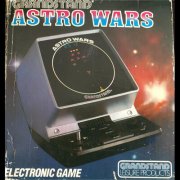
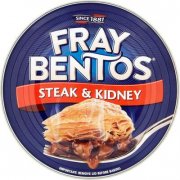





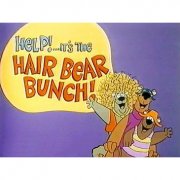

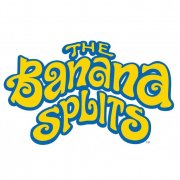

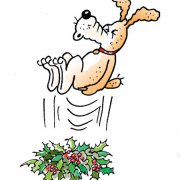


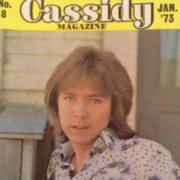
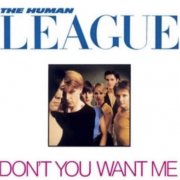

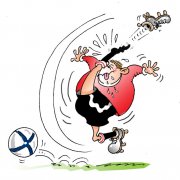


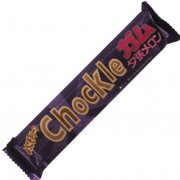

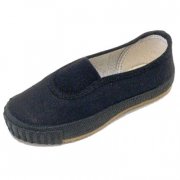

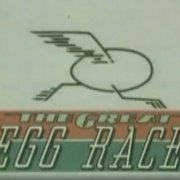






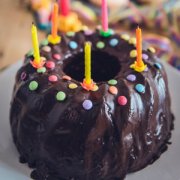
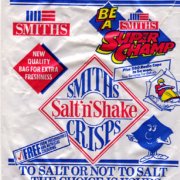





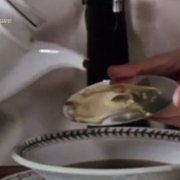



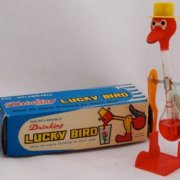

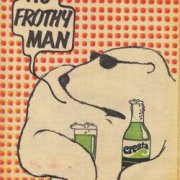

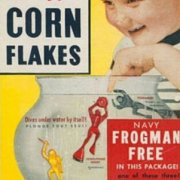



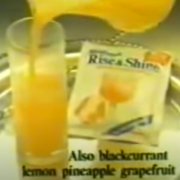

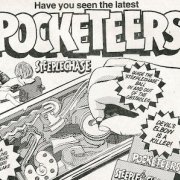
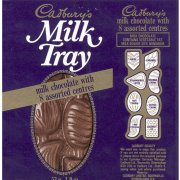





Enter the code in the box below: